In my work with people and their parrots, I often recommend toys. I have heard common refrains from people with parrot behavioral issues: “Oh I gave him some toys once, but he wasn’t interested, so I stopped buying them.”
This is not the right attitude. Toys are NOT optional in the life of a captive parrot. Why? Parrots are wild creatures with all their instincts intact. Toys exist for them to harness those wild instincts and make the bird more suitable for life in a human home. quite simply, if a parrot does not have these outlets, behavioral issues likely ensue.
To that end, I have identified six specific instincts that need channeling for many birds, and the toys that help with that behavior:
The Six Kinds of Parrot Toys
(many fall into more than one category!)
Wild Behavior this replaces:
Parrots spend 6-8 hours a day hunting for food. It satisfies their mind & body. Studies show that most animals, including parrots, would rather work for a food- even if that same food is readily available to them without work. It gives them a sense of purpose and accomplishment. You are doing your bird no favors by serving it food in a dish and not giving it a job to do.
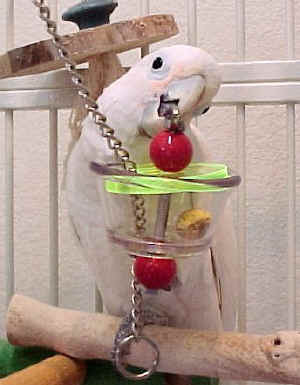
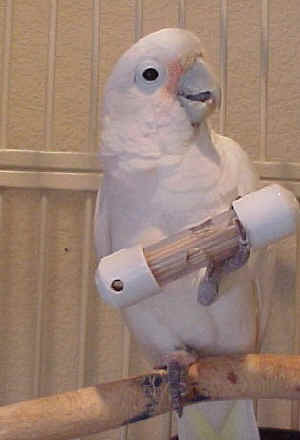
________________________________________________________________________
Destructable/Shreddable Toys
Wild Behavior this replaces:
Parrots are nature’s composters: they take a bite of food & let it fall to the forest floor. They chew wood & other materials to trim beaks, make nesting cavities, & sleeping burrows & generally make a huge mess. It is in their nature. If you haven’t enticed your bird to use one of these toys, perhaps you should try different shapes and textures.
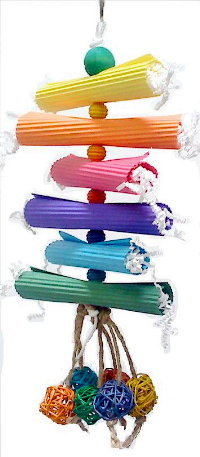
________________________________________________________________________
Puzzle/Manipulative Toys
Wild Behavior this replaces:
Parrots are highly intelligent creatures that, like humans, get smarter the more you challenge them. Teach your parrot cause and effect, how to control its own environment and other like-minded principles that these toys teach and your parrot will have healthy self-esteem and understand the world better.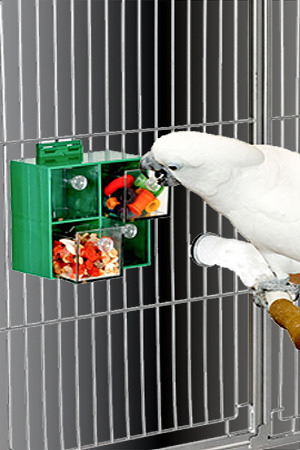
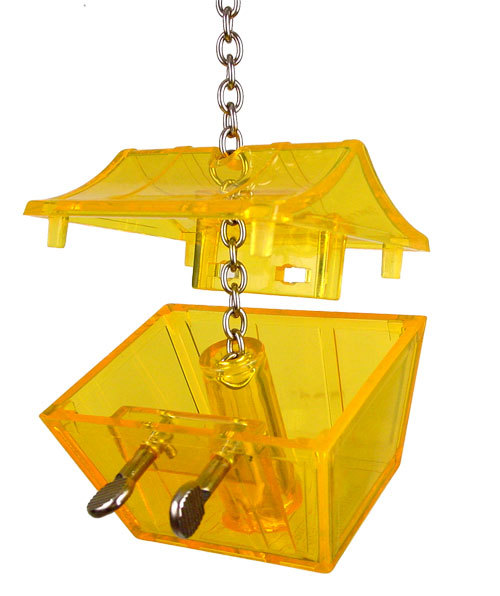
________________________________________________________________________
Preening Toys
Wild Behavior this replaces:
Birds preen one another’s heads (allopreening) for grooming AND bonding purposes, and preening themselves and flock members can be very soothing. Preening toys are like pacifers for stressed birds, feather pluckers, lone birds in a cage, and specific breeds (like cockatiels) in particular.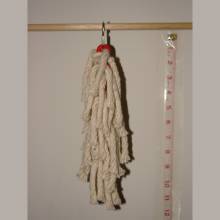
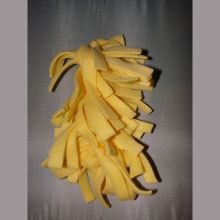
________________________________________________________________________
Acrobatic/ Athletic Toys
Wild Behavior this replaces:
Encouraging climbing, flapping, swinging and other athletic ventures replaces natural exercise the bird would have in the wild. Sitting in a cage all day while we are at work is just unnatural!
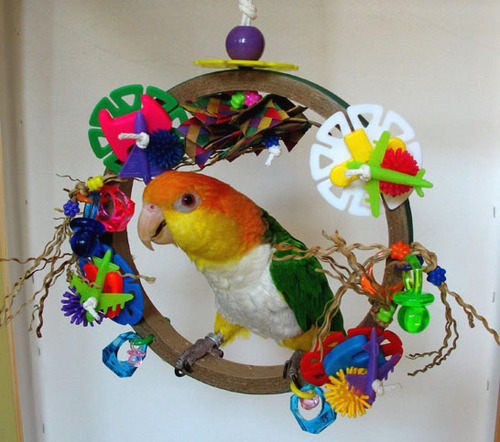
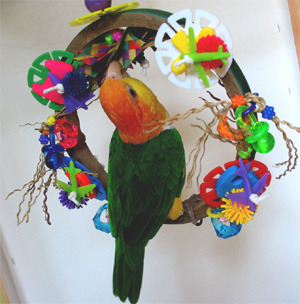
________________________________________________________________________
Creative Toys
Wild Behavior this replaces:
Again, parrots in the wild use tools, create things, and make lots of noise. This is a “blowing off steam” kind of toy, as well as teaching cause & effect. Noisemaking, nest weaving (in Quakers), painting, and other activities fall in this category.
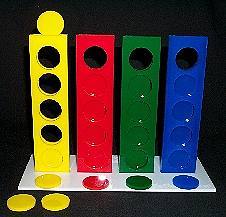
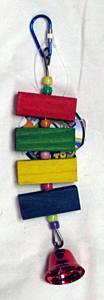
Be sure and teach your parrot how to play with these new toys- toys are a displacement tool, and they do not inherently know how to play with them.
Be sure and check out Momma Bird's toy selection! Get 20% off any toys (and as many toys as you want!) when you purchase at least one bag of birdie bread (between now and August 31st). Just enter code toysaremandatory when checking out in the coupon code box.

